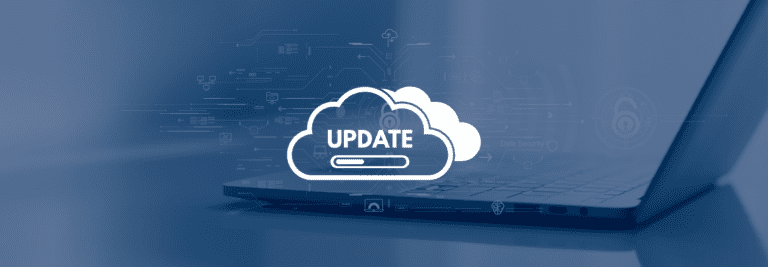Today’s technology allows us to be connected more than ever. Unfortunately, the devices (that is, computers, tablets and phones) that we use to stay connected are constantly under attack by hackers as a result. These cyber criminals want access to your devices and the information stored on them, and that is why it’s critical that your personal devices operate on the most up-to-date software provided by the manufacturers.
At Long & Foster, we are constantly working to make the systems you regularly interact with more secure. Take email, for example. On average, our email filters block around 90,000,000 (that’s a lot of zeros) malicious messages, and this is because we constantly work to ensure the newest filter updates are in place. However, the overall security is only as strong as the weakest point, and your personal devices play an integral role in protecting you and your business.
Whether you use a PC, Mac or Chromebook, an iPhone, iPad or an Android, the manufacturers of these devices, and the software running on them, are constantly receiving updates. While there are many reasons to always keep your systems up to date, here are our top four.
- Patch Security Flaws. While software developers strive to maximize security in their systems, there are occasionally flaws that can be exploited. In these instances, a software update is released to fix the security risks and ensure your devices are at the top level of security.
- Get New Features. Often when there is a software update, new features are added. An example of this occurred this past May when Zoom released an update, which also added the ability to create a central library for polls, amongst other things.
- Protect Your Data. Data protection is critical, as this is where a hacker might be able to obtain personal information from your device, leaving you or your clients at risk.
- Improve Performance. Not all software updates are security related. Software vendors may find bugs in a program or app, or simply make necessary enhancements. These patches help improve the performance of the software.
Many of these patches and updates are released on a somewhat regular basis. Below is an overview of the timelines for patching based on the equipment type.
- Windows: Microsoft has a monthly “Patch Tuesday,” which takes place on the second Tuesday of each month. There can also be emergency patches that take place depending on the severity of the need.
- Apple iOS: In late summer, Apple usually announces new hardware that is being released, as well as updates to the operating system for their mobile (iOS) devices. Throughout the year, Apple also releases updates to their devices based on the severity of which it is needed.
- Android: Many hardware manufacturers use the Android operating system, and the largest of these is Samsung, which has a recurring update schedule. Devices that are supported will receive updates on a weekly, monthly or biannual basis, depending on the severity of the update.
One thing to also keep in mind regarding patching is that the manufacturers have a lifecycle of how long they will continue to provide patching for older devices and software. An example of this is that Microsoft no longer provides updates for the Windows 7 operating system and now require you to upgrade to Windows 10 at a minimum.
As always, should you need any assistance with this, the Service Desk can assist in getting you started down the correct path to ensure that you have all necessary updates on your devices.
